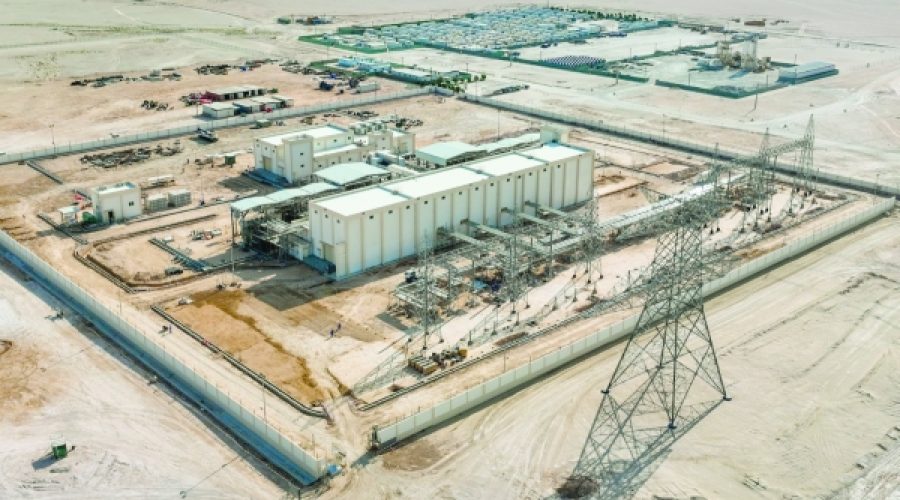RO 1.4 Billion Investment in Oman’s Green Energy Super-Grid: Implications for Investors and Business Owners
Oman’s Infrastructure Sector Poised for Growth with Strategic Capital Investment
MUSCAT: Oman’s infrastructure and project finance sector is advancing with a comprehensive capital investment program aimed at ensuring long-term energy security while driving progress towards the goals outlined in Oman Vision 2040. This initiative positions the Sultanate’s utilities for a decade of steady growth and leadership in the region’s transition to green energy. Recent improvements in operational efficiency, coupled with strong government support, bolster this optimistic outlook, as outlined in Moody’s report released on November 12.
Central to this strategy is a transformative capital program. The three primary rated utilities—Oman Electricity Transmission Company SAOC (OETC), Nama Electricity Distribution Company SAOC (NEDC), and Dhofar Integrated Services Company SAOC (DISC)—are set to invest RO 1.4 billion from 2025 to 2027. This investment is not just about maintaining existing assets; it establishes the framework for Oman’s future green super-grid, facilitating the national goal of sourcing 30% of electricity from renewables by 2030 and addressing a projected annual demand growth of approximately 4%.
This multi-year investment initiative follows a successful sector restructuring in 2023, which consolidated five companies into three, enhancing operational scale and reducing fragmentation. This reorganization has aligned the sector under a more coherent planning and regulatory framework. According to Moody’s, these changes have already begun to yield synergies through unified operations and improved financial management across both the Main Interconnected System (MIS) and rural networks. Financial support from Nama Holding, amounting to RO 225 million between 2021 and 2023, has also played a critical role in stabilizing balance sheets and strengthening the utilities’ regulated asset bases.
A flagship project propelling the sector into its next phase is OETC’s Rabt 400 kV transmission interconnector, a landmark initiative linking the northern power systems to the central and southern governorates. Upon completion, Rabt aims to integrate regions historically reliant on costly, carbon-intensive diesel generation, thereby facilitating the use of large-scale wind and solar energy, enhancing grid resilience, and significantly reducing long-term operating costs. This project is pivotal in unlocking Oman’s renewable energy potential and ensuring reliable power supply for both industries and households.
While the wave of investment may pressure free cash flow and increase borrowing in the forthcoming years, the sector’s financial foundation remains solid. The prevailing regulatory environment stands as a key credit strength, offering predictable returns on a growing regulated asset base, transparent cost-recovery methods, and visibility on long-term cash flows. Although tariff structures are evolving for economic competitiveness, they continue to be supported by clear regulations and independent oversight.
A significant challenge—and opportunity—lies in the RO 2.3 billion of debt maturing between 2026 and 2027, which Moody’s identifies as a crucial refinancing moment for the sector. Instead of being perceived as a risk, investors view this as an opportunity for competitive long-term financing options, including green bonds, sukuk, and sustainability-linked instruments aligned with Oman’s energy transition.
Importantly, government support is unwavering: wholly owned entities such as NEDC benefit from Article 67 of the Sector Law, under which the Ministry of Finance commits to securing the necessary financing for companies to fulfill their mandates. This institutional backing significantly mitigates refinancing risks and boosts lender confidence.
Special Analysis by Omanet | Navigate Oman’s Market
Oman’s strategic push towards long-term energy security underscores a pivotal moment for businesses, presenting opportunities to invest in green infrastructure as the country aims for 30% renewable energy sourcing by 2030. However, with RO 2.3 billion in debt maturing, prudent investors should consider seeking competitive financing solutions like green bonds to leverage market conditions while remaining aware of regulatory changes. The solid backing from the government further solidifies the sector’s potential, offering a landscape ripe for innovative financial instruments and sustainable growth.



